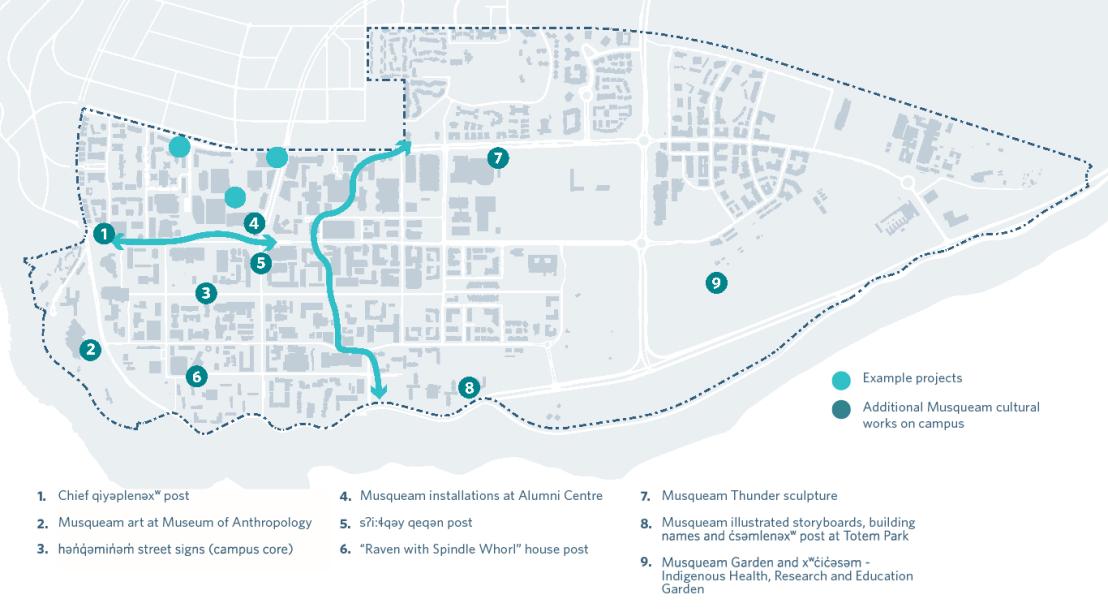
UBC is a global centre for teaching, learning and research, consistently ranked among the top 20 public universities in the world. Since 1915, UBC has been opening doors of opportunity for people with the curiosity, drive and vision to shape a better world. The Vancouver campus consists of 994 acres (402 hectares) of academic and neighbourhood lands and has been located on the Point Grey peninsula for most of the university’s more than 100-year history.
Musqueam Territory

For millennia, Musqueam territory has included the lands upon which UBC’s Vancouver campus is now located. As the river delta grew, settlements moved down the river to maintain Musqueam position at the mouth of what is known today as the Fraser River, where the main village has been for 4,000 years. These lands are a place of cultural and spiritual learning, welcoming and interacting with visitors to the territory. They are also a place of learning where the Musqueam people acquired knowledge of local plants and animals for their enduring wellbeing and ways of thriving with these resources.
Musqueam’s territory is described by waterways. There is no north, south, east, and west; orientation is described in hən̓q̓əmin̓əm̓ as upriver, down-river, towards the shore, away from the shore. This helps to understand the significance of watercourses and viewscapes to Musqueam culture, in the past, present and future.
From Musqueam-UBC Peninsula Coordination Workshop Summary 2022
Choosing Point Grey
The Province of BC chose Point Grey as the site for UBC more than 100 years ago and endowed the university with the land through crown grants commencing in 1925. Musqueam representatives have advised that these decisions were made without their knowledge or involvement.
Deepening Musqueam-UBC Relationship
Today, UBC and Musqueam Indian Band are working together to transform this relationship with a Relationship Agreement. This is an important part of UBC’s institutional commitment to deepening the university’s relationship with Musqueam and to reconciliation more broadly. Through the development of the Relationship Agreement, UBC and Musqueam Indian Band are co-developing a comprehensive framework for engaging Musqueam on land use initiatives to better understand and incorporate Musqueam values, needs and interests into planning.
Opportunities & Challenges
Campus Vision 2050 will help UBC address significant opportunities and challenges facing the university and the community, many of which emerged or strengthened since the last campus-wide planning process more than 10 years ago. At the same time, the university must be adaptable to an uncertain future and be responsive to changing university priorities, societal imperatives, technologies, demographics, patterns of behaviour and other internal and external drivers of change.



